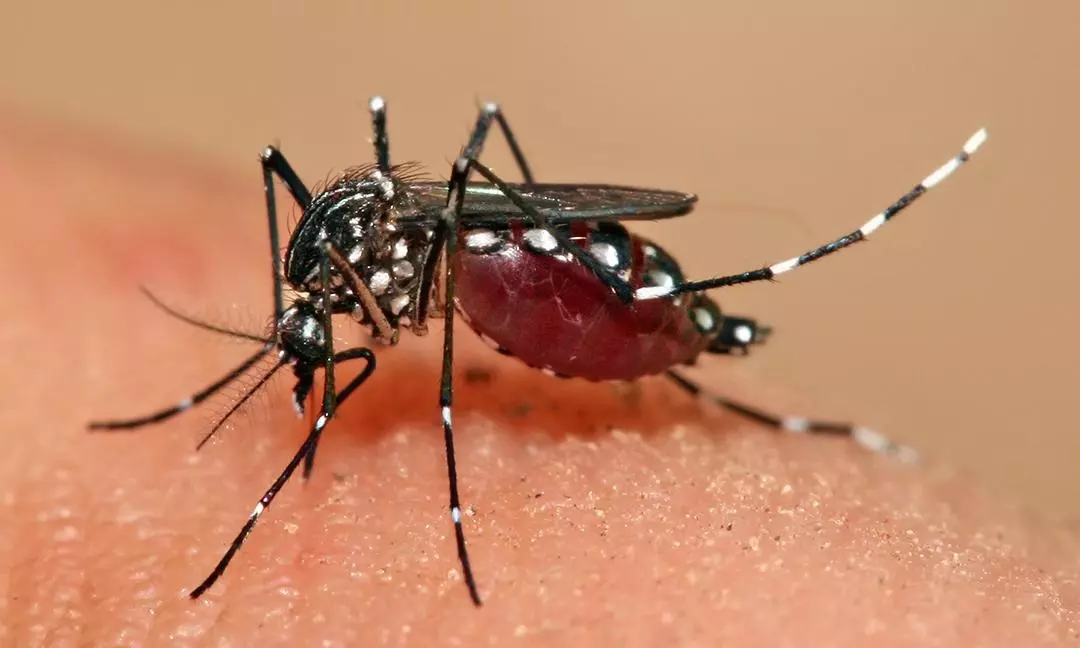MELBOURNE, Australia — World No. 1 Every Swiatek has been upset in the third round of the Australian Open by 50th-ranked Czech teen Linda Noskova.
Swiatek claimed the first set and looked likely to secure passage into the fourth round, but Noskova, 19, rallied with steely resolve to save break points and then convert her own to take the second.
With the pressure on the world No. 1 Swiatek — who had won 67 of her previous 68 matches against players ranked outside the top 50 — Noskova broke twice in the decider to secure her place in the second week.
Swiatek’s loss means it’s just the second time the No. 1-seeded woman hasn’t made it to the fourth round of the Australian Open, after Virginia Ruzici was dumped in the round of 32 in 1979. Noskova is the first teenager to defeat a WTA No. 1 in a major since 19-year-old Petra Kvitova defeated Dinara Safina in the third round of the 2009 US Open.
So what went wrong for Swiatek? Here are three takeaways from her early exit.
World No. 1 failed to capitalize on break-point chances
In a tight second set, the four-time major champ twice had the opportunity to break her younger opponent’s serve but failed to take advantage.
With Noskova serving in the fifth game at 2-2, Swiatek was unable to convert a break point after her opponent sent down a serve wide to the backhand that Swiatek couldn’t get back over the net.
In Noskova’s next service game, Swiatek again had a break-point opportunity, and on her opponent’s second serve, but she hit the backhand into the net. Swiatek then got broken to love, as Noskova reeled off 11 of the next 12 points to take the set.
“I felt like I had everything under control until she broke me in the second set,” Swiatek said.
“I had couple of chances to break her in second set and I didn’t use them. So that’s a shame. But when she broke me, she was kind of proactive.”
Across the match, Swiatek converted just 2 of 7 break-point opportunities (29%) — one in the first set and one in the third after Novoska had already broken — to her opponent’s 3 of 7. In her first two matches, Swiatek converted more consistently at 44% and 47%.
Swiatek faced ‘second-week challenges’ in the first two rounds
As a world No. 1 and the No. 1 seed at a Grand Slam, you tend to expect an easier draw in the early rounds. After all, you’re not expected to meet the No. 2 until the final — if all things go to plan — nor other top seeds until well into the second week of the tournament.
But what Swiatek couldn’t account for was the luck of the draw. While not at her Australian Open-winning best, Swiatek’s first-round matchup with unseeded 2020 champion Sofia Kenin raised eyebrows. Many had it circled as a potential upset in the first round, but Swiatek was able to overcome an early challenge from Kenin to win 7-6, 6-2, only to progress to the second round to face another unseeded American in 2022 runner-up Danielle Collins.
Collins also proved challenging; pushing Swiatek to three sets before the world No. 1 prevailed 6-4, 3-6, 6-4.
“For sure I was more stressed than on other tournaments, especially in the first two rounds,” Swiatek said after the loss.
“But I think some things just didn’t work as they did before, even though I was working the same way.
“I feel like I did really everything I could in preseason to improve some stuff that I wanted to. Then I came here and I wasn’t playing kind of natural anymore. I don’t know, like my split step was too late sometimes. Reaction a little bit slower. Some other things.”
The future is bright for Czech women’s tennis
Nine Czech women made up the 128 players in the Australian Open women’s main draw in 2024, and while the small European nation has always had success in world tennis, it’s clear the next generation is going to continue in the footsteps of the current crop of stars.
The country is no stranger to players making deep Slam runs, boasting last year’s Wimbledon champion Marketa Vondrousova2021 Roland Garros winner Barbora Krejcikova and two-time Slam finalist Karolina Pliskovaand Noskova is now one of a number of Czech teens starting to make their mark at the senior level.
Ranked No. 50 in the world coming into the tournament, this was Noskova’s first time in the main draw of the Australian Open, and along with sisters Brenda (16 years old) and Linda Fruhvirtova (18), she represents the upcoming strength of Czech tennis — especially on the women’s side.
“I know that I have improved a lot in the last year and a half, year. I just believed my game tonight,” Noskova said after the win.
“I just really wanted this win because I didn’t really come to that court with the thought of, like, I have nothing to lose. I took it very seriously. It was like a match as any other.”
















.jpg&c=0&w=700)

)






































